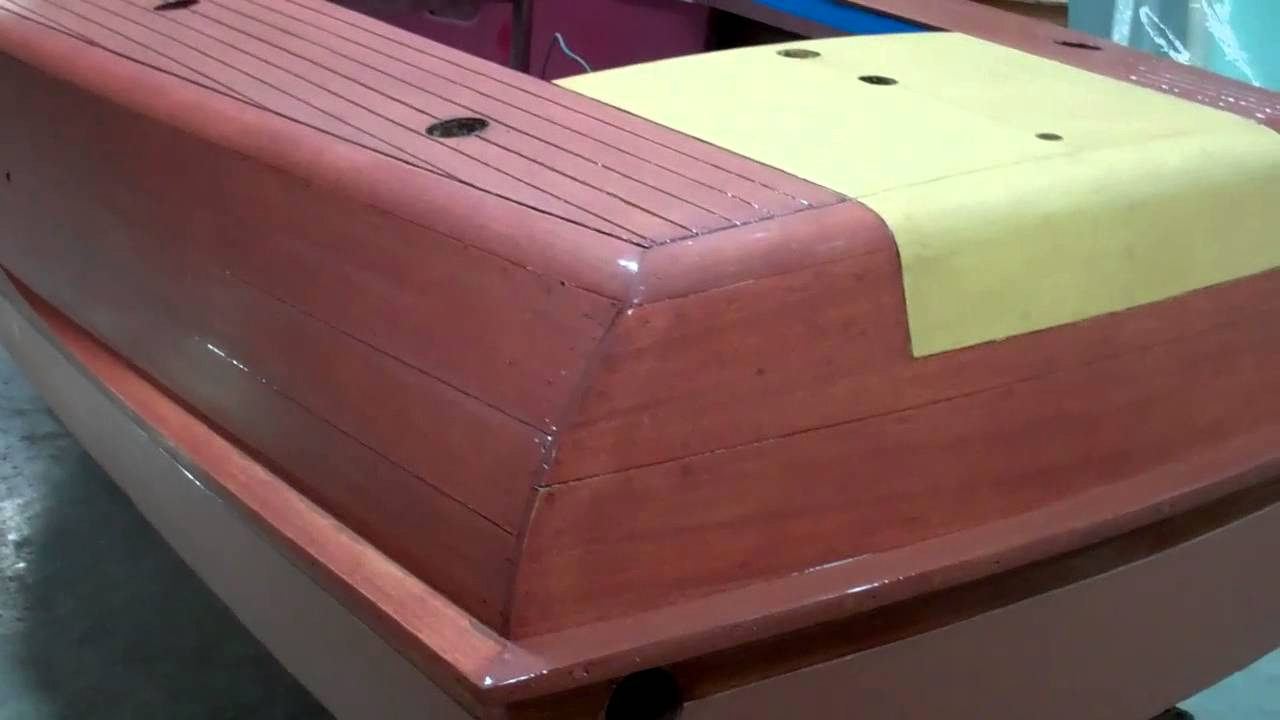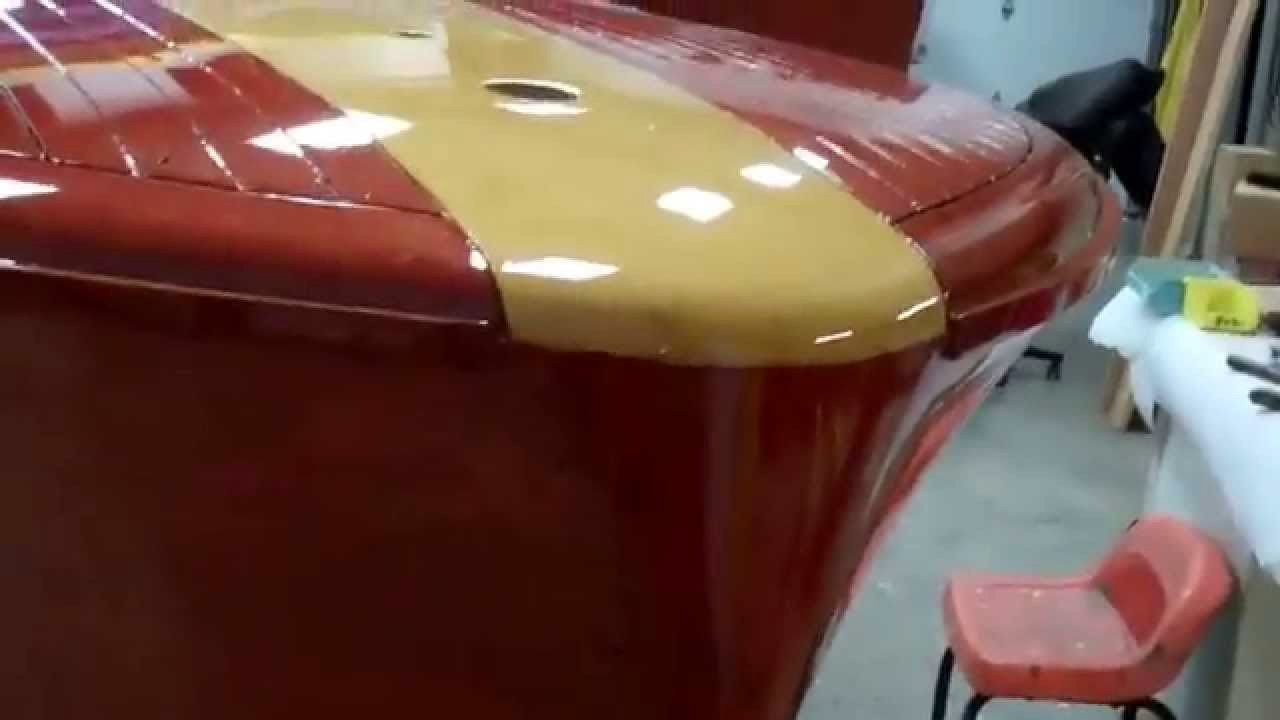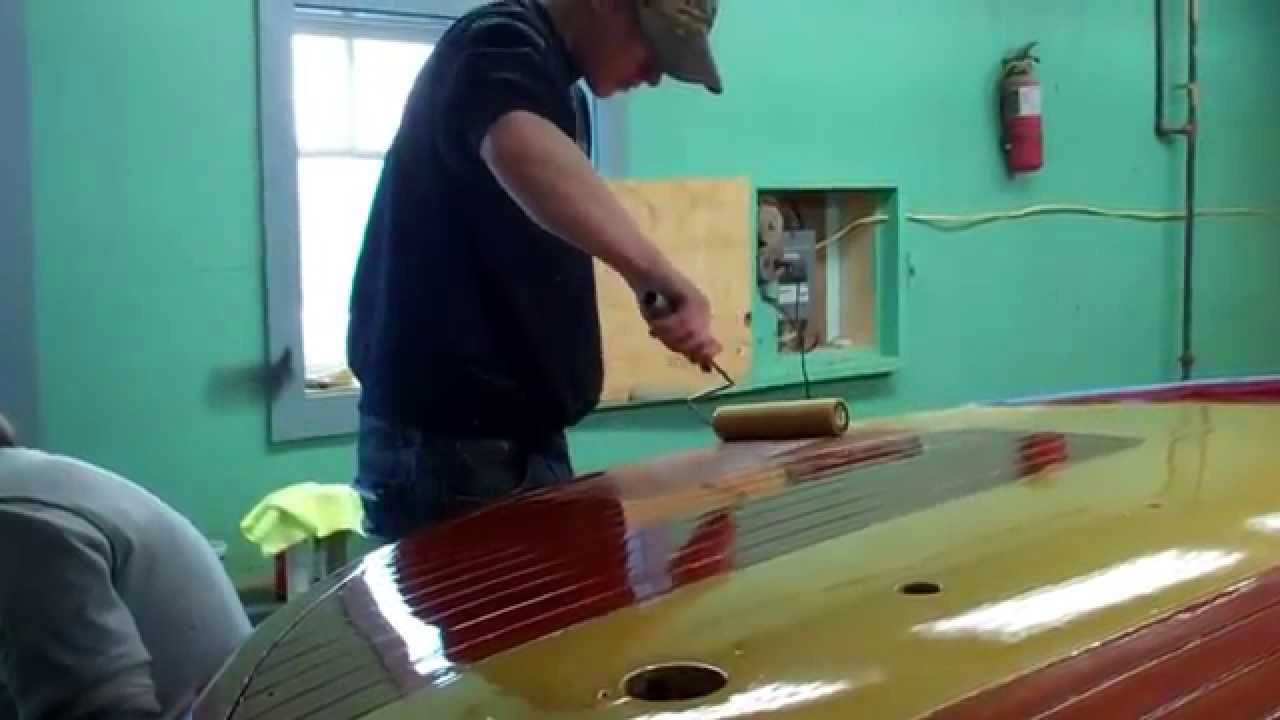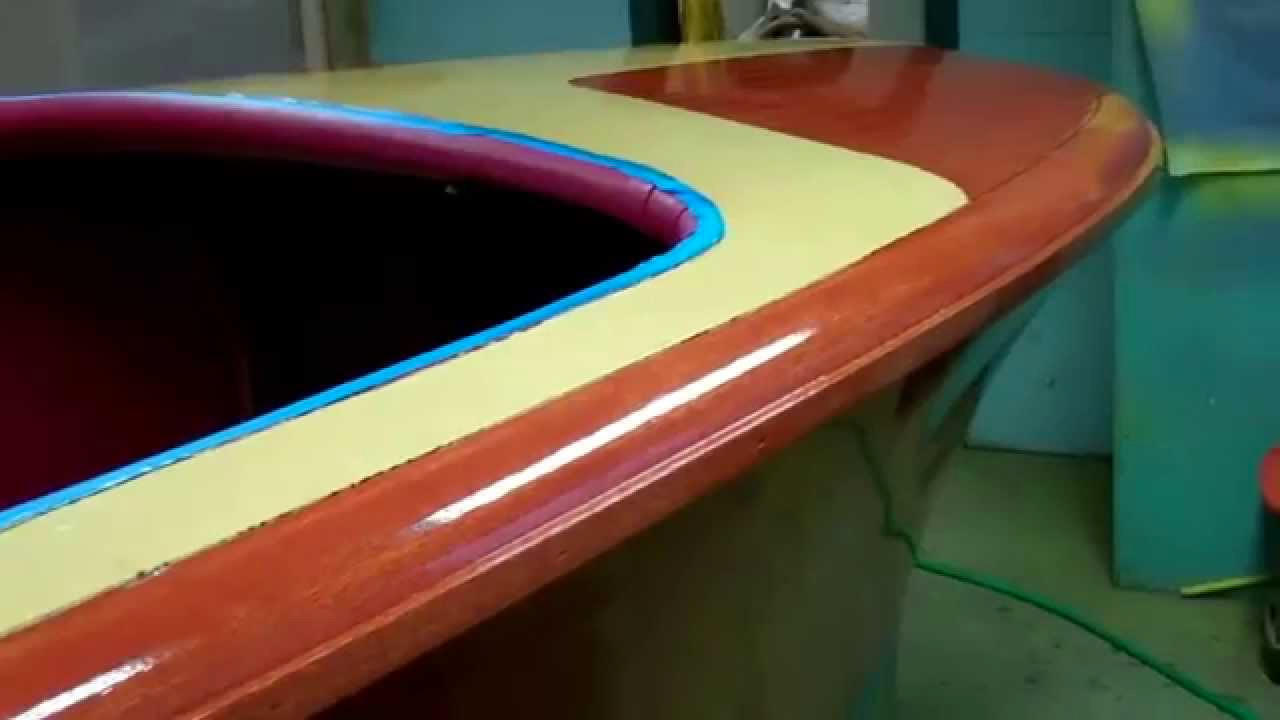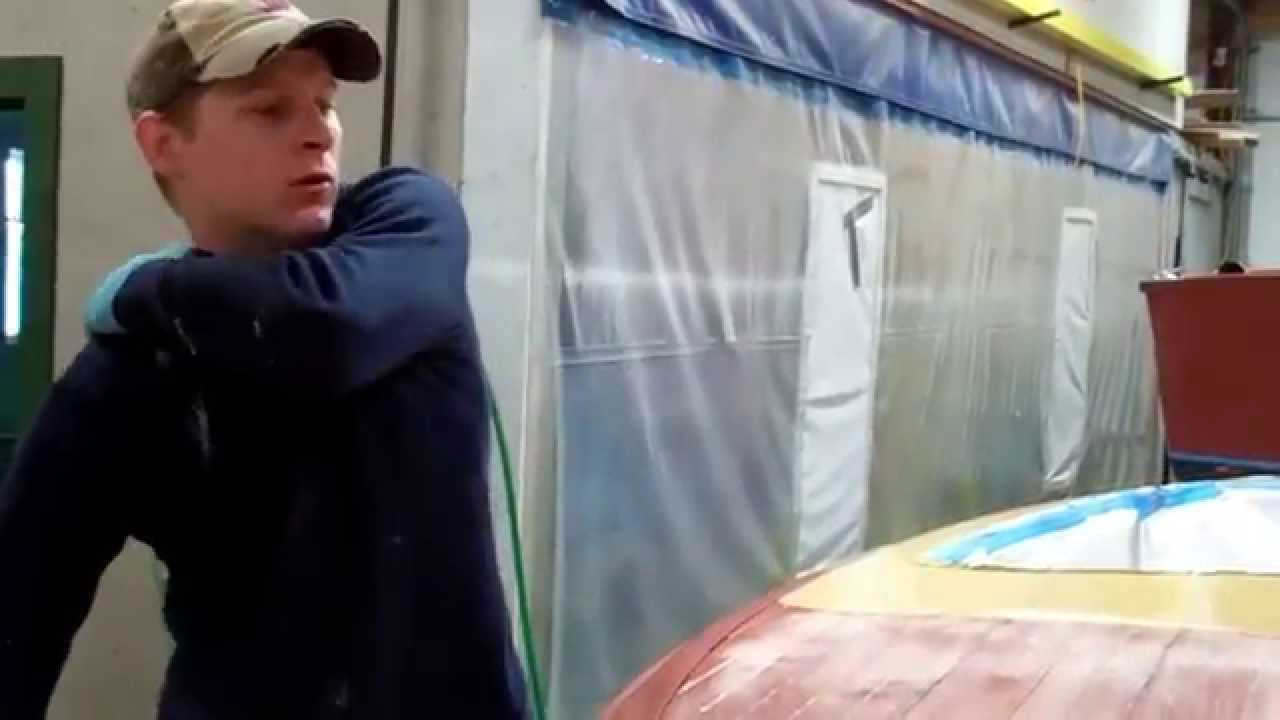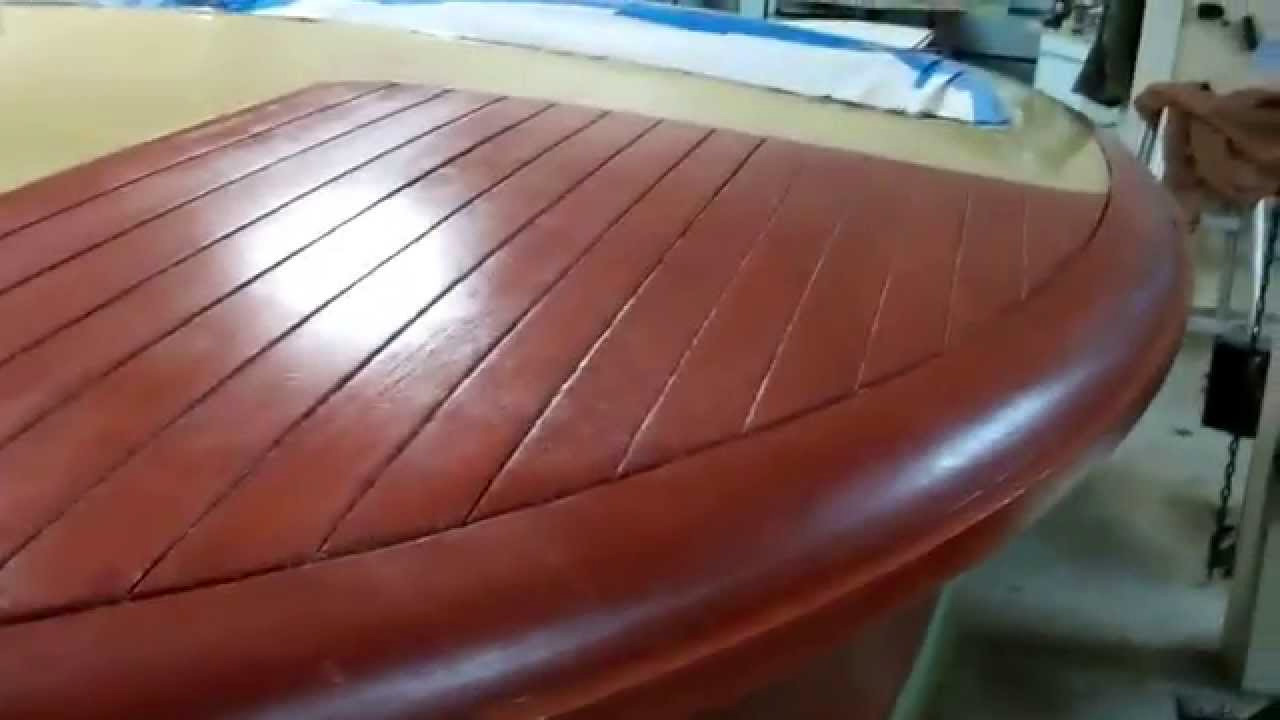RJ once again transformed the surfaces of the ’52 Chris-Craft Riviera Runabout to snow fields, but this time the results are different. This time, the gloss is successfully fighting its way through the haze created by sanding with 800 grit dry paper.
Are we there? It is difficult not to believe we are, but I pay the bills and RJ is thirsting to get to at least 15 coats before we declare, “Finis!”
Coat 10 will be rolled and tipped this weekend, followed by number 11 on Monday. I must admit to believing that diminishing returns have set in to the point where reaching beyond 11 borders on a fool’s errand. But only time will tell, and we make group decisions at SMB.
We also listen to our community, so please weigh in when we come back to you early next week once coat 11 has cured.

